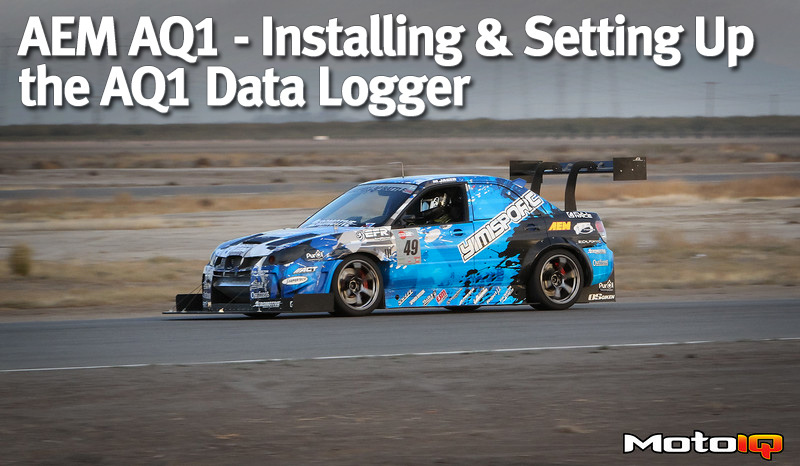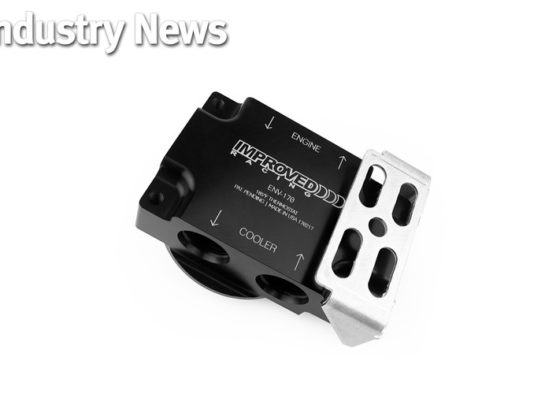,
|
Connector Pin # |
AQ1 Connection |
Connector Pin # |
AQ1 Connection |
|
1 |
Analog Signal 1 (AQ1 Pin 8) |
19 |
Digital Signal 2 (AQ1 Pin3) |
|
2 |
Analog Signal 2 (AQ1 Pin 9) |
20 |
Digital Signal 3 (AQ1 Pin 4) |
|
3 |
Analog Signal 3 (AQ1 Pin 10 ) |
21 |
Not Connected |
|
4 |
Analog Signal 4 (AQ1 Pin 11) |
22 |
AQ1 to Battery Ground (From Sensor Harness, AQ1 Pin 19) |
|
5 |
Sensor +5V from AQ1 (AQ1 Pin 20) |
23 |
Not Connected |
|
6 |
Sensor +5V from AQ1 (AQ1 Pin 20) |
24 |
Not Connected |
|
7 |
Sensor +5V from AQ1 (AQ1 Pin 20) |
25 |
Sensor Ground from AQ1 (AQ1 Pin 7) |
|
8 |
Sensor +5V from AQ1 (AQ1 Pin 20) |
26 |
Sensor Ground from AQ1 (AQ1 Pin 7) |
|
9 |
Not Connected |
27 |
Sensor Ground from AQ1 (AQ1 Pin 7) |
|
10 |
Sensor Ground from AQ1 (AQ1 Pin 7) |
28 |
Sensor Ground from AQ1 (AQ1 Pin 7) |
|
11 |
Sensor Ground from AQ1 (AQ1 Pin 7) |
29 |
Not Connected |
|
12 |
Sensor Ground from AQ1 (AQ1 Pin 7) |
30 |
Sensor +5V from AQ1 (AQ1 Pin 20) |
|
13 |
Sensor Ground from AQ1 (AQ1 Pin 7) |
31 |
Sensor +5V from AQ1 (AQ1 Pin 20) |
|
14 |
Not Connected |
32 |
Sensor +5V from AQ1 (AQ1 Pin 20) |
|
15 |
Not Connected |
33 |
Sensor +5V from AQ1 (AQ1 Pin 20) |
|
16 |
Switched +12V to AQ1 (From Sensor Harness, AQ1 Pin 1) |
34 |
Analog Sensor 8 (AQ1 Pin 15) |
|
17 |
Permanent +12V to AQ1 (From Sensor Harness, AQ1 Pin 6) |
35 |
Analog Sensor 7 (AQ1 Pin 14) |
|
18 |
Digital Signal 1 (AQ1 Pin 2) |
36 |
Analog Sensor 6 (AQ1 Pin 13) |
|
|
|
37 |
Analog Sensor 5 (AQ1 Pin 12) |
From the beginning, we knew that we wanted to study the suspension and aerodynamic characteristics of the car in order to better tune and develop the car’s handling capabilities. At the same time, we were also interested in studying some engine data, most specifically engine oil pressure and differential temperature. Tables 3.2 and 3.3 below show what we wanted to log for suspension, aerodynamics, and engine data.
|
Channel # |
Sensor Type |
Purpose |
|
Analog 1 |
Ride Height Sensor |
Shows us how ride height changes at different speeds. We use this data to calculate changes in downforce on the car, as well as affects of spring rate and damping adjustments on the car. |
|
Analog 2 |
Ride Height Sensor |
|
|
Analog 3 |
Ride Height Sensor |
|
|
Analog 4 |
Ride Height Sensor |
|
|
Analog 5 |
Pitot Tube |
Used to see how headwinds and tailwinds affect drag and downforce of the car. |
|
Analog 6 |
Pressure Sensor |
Set up for a pressure sensor. |
|
Analog 7 |
Pressure Sensor |
Set up for a pressure sensor. |
|
Analog 8 |
Open |
Most likely another pressure sensor. |
|
Serial/GPS |
GPS Receiver |
Allows us to create track maps as well as log vehicle acceleration and velocity on the track. |
|
Channel # |
Sensor Type |
Purpose |
|
Analog 1 |
Boost Gauge |
Powertrain Development |
|
Analog 2 |
Oil Temp. Gauge |
Powertrain Development |
|
Analog 3 |
Oil Pressure Gauge |
Powertrain Development |
|
Analog 4 |
Differential Controller (planned) |
Powertrain Development |
|
Analog 5 |
Water Temp Gauge |
Powertrain Development |
|
Analog 6 |
Fuel Pressure Gauge |
Powertrain Development |
|
Analog 7 |
Trans. Temp Gauge |
Powertrain Development |
|
Analog 8 |
Open |
Open |
|
Serial/GPS |
GPS Receiver |
Allows us to create Track maps to correlated the data to track position |



